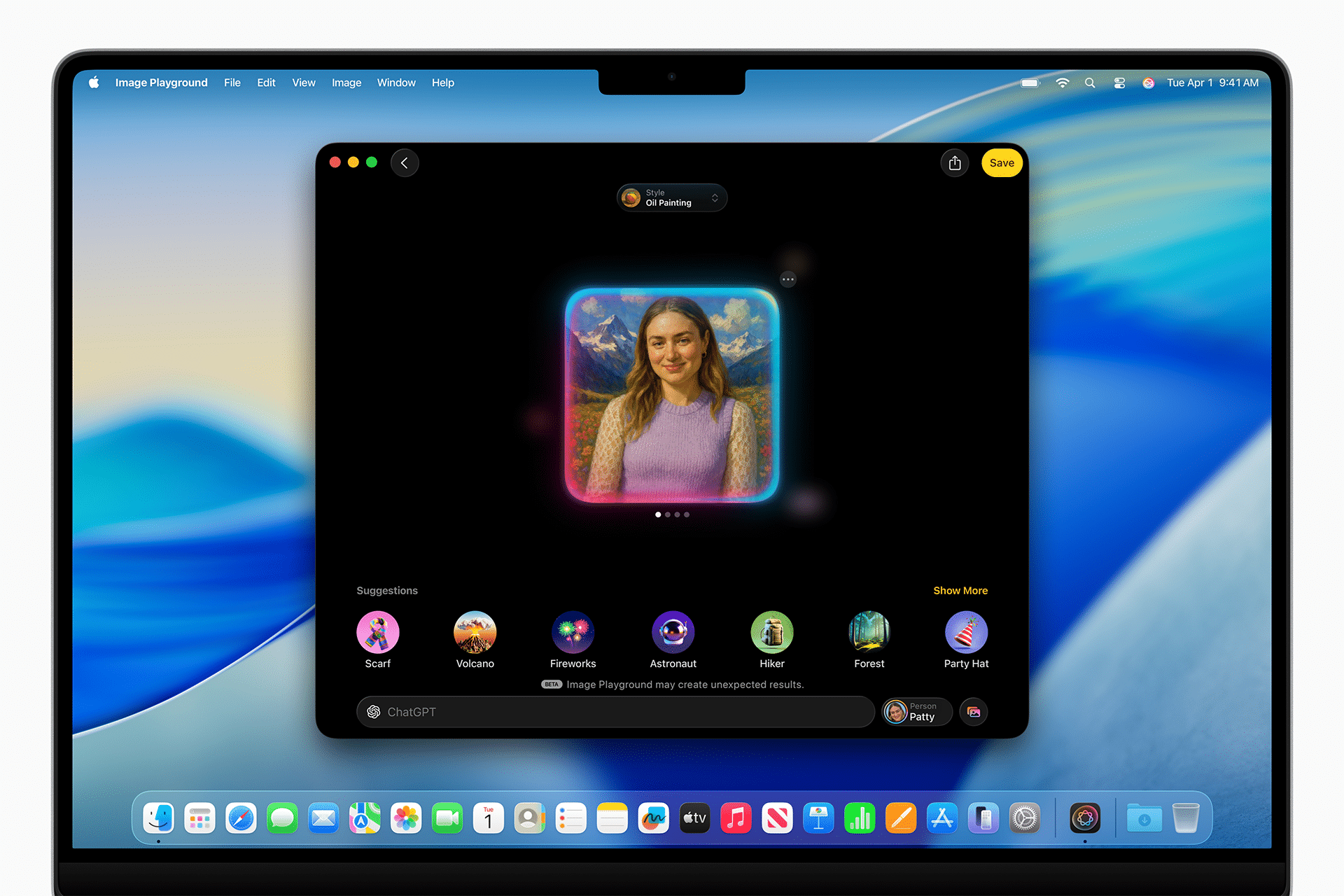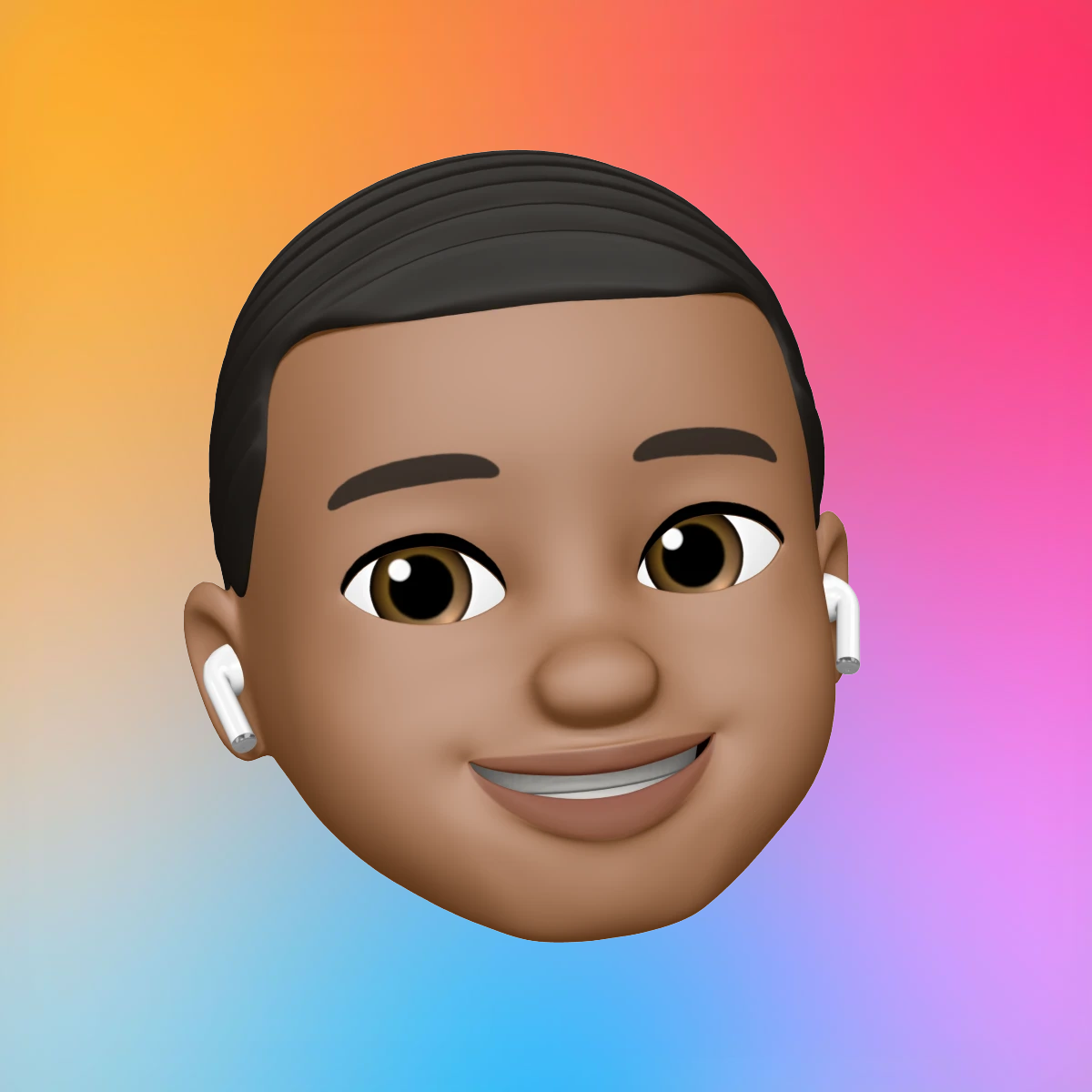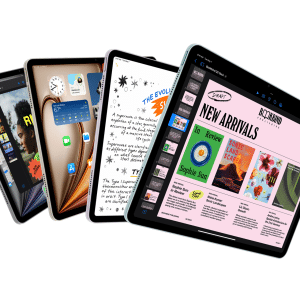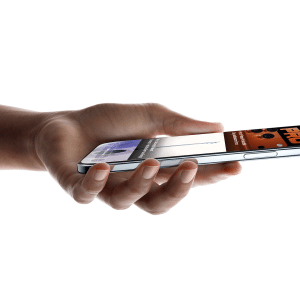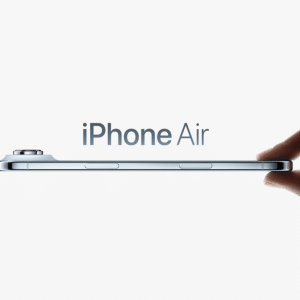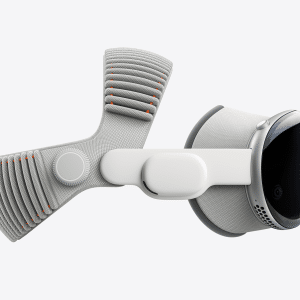The Sploitlight vulnerability targeted macOS’s Transparency, Consent, and Control (TCC) framework, designed to restrict app access to sensitive data without user permission. Spotlight relies on small plugins, called importers, to scan specific file types and extract metadata. Microsoft’s researchers found that attackers could create or modify these plugins to bypass TCC protections. By placing a malicious plugin in a user folder and activating it with standard macOS tools, attackers could access files in protected locations like Downloads, Desktop, and Pictures. This included private images, video metadata, and even Apple Intelligence cache files containing note summaries and search preferences. Since iCloud syncs data across devices, compromising a Mac could expose iPhone or iPad data.
The Scope of the Risk
The exploit’s potential impact was significant. Attackers didn’t need elevated privileges or signed code to execute the attack, making it accessible to moderately skilled hackers. Once active, the plugin could log file contents and retrieve them via system logs, bypassing macOS’s sandboxing restrictions. For users with Apple Intelligence enabled, the vulnerability could leak AI-processed data, such as summarized notes or personalized search preferences. Given iCloud’s role in syncing data across Apple’s ecosystem, a single breach could ripple across a user’s devices, exposing personal information like GPS history or face recognition tags from photos.
Apple’s Rapid Response
Microsoft reported the issue to Apple earlier in 2025, and Apple acted decisively, releasing a fix on March 31 as part of a macOS Sequoia security update, identified as CVE-2025-31199 in the Common Vulnerabilities and Exposures database. The patch strengthens Spotlight’s plugin security, ensuring importers cannot access protected files without explicit user consent. Apple’s proactive approach aligns with its history of rapid security updates, with nearly 80 percent of iOS users typically adopting the latest operating system version for timely protection. While no evidence suggests the exploit was used in the wild, the fix prevents potential misuse.
User Implications and Protections
For Mac users, installing the latest macOS Sequoia update is critical to ensure protection against this vulnerability. The incident highlights the importance of regular software updates, as unpatched systems remain vulnerable to known exploits. Apple’s built-in security features, like Sign in with Apple and iCloud Keychain, help mitigate risks, but users should also enable two-factor authentication (2FA) and use unique passwords for their Apple ID. Password managers, such as Apple’s own or third-party options, can generate and store complex passwords to reduce the risk of credential reuse across platforms.
Apple’s Ongoing Security Battle
This patch comes amid broader cybersecurity challenges for Apple. A separate 2025 data breach exposed 184 million passwords, including some Apple login credentials, emphasizing the need for robust security practices. Apple’s efforts to combat leaks and vulnerabilities extend beyond software, with the company investing heavily in supply chain security and pursuing legal action against leakers. As Apple Intelligence expands, integrating AI across its ecosystem, safeguarding user data remains a top priority. This incident serves as a reminder that even privacy-focused companies face constant threats in an increasingly connected world.

